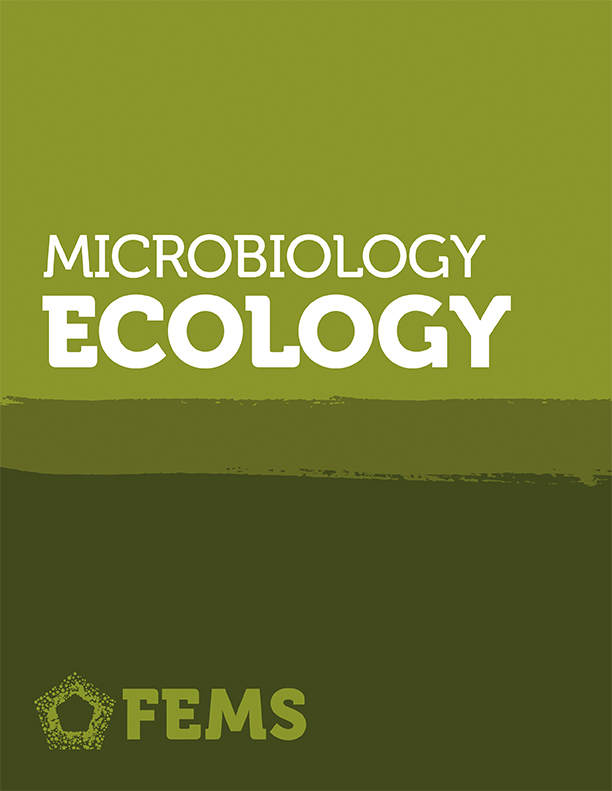- Topic:Freshwater ecosystems
Eukaryotic rather than prokaryotic microbiomes change over seasons in rewetted fen peatlands
The authors investigated the seasonal dynamics in prokaryotic and eukaryotic microbiomes in three common fen types in Northern Germany. The eukaryotic microbiomes showed significant changes in their community structures across the seasons in contrast to largely unaffected prokaryotic microbiomes. The dynamics in eukaryotic microbiomes in the rewetted sites differed between fen types.
European fish-based assessment reveals high diversity of systems for determining ecological status of lakes
Developed in the context of the European Water Framework Directive, 24 fish-based ecological assessment systems for lakes across 21 countries were analyzed by a team of European fish experts. In total, 177 metrics are applied, addressing multiple anthropogenic pressures, predominantly lake eutrophication, hydromorphological alterations, fisheries and occurrence of non-natives.
Ice-covered lakes of Tibetan Plateau as solar heat collectors
The authors investigated the thermal properties of Tibetan lakes during the ice-covered season. They revealed that an extremely large amount of solar radiation penetrated the highly transparent ice cover. As a result, lakes fully mix under ice and get heated up to >6°C. The accumulated heat makes a crucial contribution to ice cover melt.
Ideas and perspectives: Biogeochemistry – some key foci for the future
In order to empower the field of biogeochemistry further in its capacity to inform and influence social transitions, the authors make a strong plea to further strengthen the integrative nature of biogeochemistry. They put special attention to the integration of mechanisms, including both the molecular and eco-evolutionary perspectives, and insights from the social sciences.
Exploring the suitability of ecosystem metabolomes to assess imprints of brownification and nutrient enrichment on lakes
In the Lake Stechlin Lake Lab facility, the researchers tested whether dissolved molecules retain information about past and present alterations of lakes. They found that UV or microbial activities left measurable imprints on dissolved compounds, emphasising the relevance of the "ecosystem metabolome" to monitor the functioning and quality of lakes.
Using isotopes to understand landscape‐scale connectivity in a groundwater‐dominated, lowland catchment under drought conditions
The authors integrated hydrometric and isotope data to understand how droughts affect ecohydrological partitioning, hydrological connectivity and streamflow generation at the catchment scale. Groundwater recharge was lower under forest than grassland and enhanced in restored wetlands. Complex patterns of connectivity affect in-stream solute transport and interactions between land- and riverscapes.
Disentangling the direct and indirect effects of agricultural runoff on freshwater ecosystems subject to global warming: a microcosm study
Microcosm experiments were performed to disentangle the direct and indirect effects of agricultural runoff (ARO) combined with warming on primary producers and their consumers in freshwaters. Negative effects of ARO on snail grazers affected the balance between functional groups of primary producers leading to a dominance of periphyton.The effect was enhanced when ARO arrived in multiple pulses.
Interspecific differences, plastic, and evolutionary responses to a heat wave in three co‐occurring Daphnia species
The authors describe how a heat wave influenced heat tolerance and life history traits in 3 coexisting Daphnia species. Pronounced trait changes resulted in a shift in the degree to which species’ traits differ from each other. A single heat wave will affect species in isolation but also how they interact, emphasizing the need for multi-species studies at the interface of ecology and evolution.
The use of Sentinel-2 for Chlorophyll-a spatial dynamics assessment: a comparative study on different lakes in Northern Germany
This study is an important step to establish the use of satellite imagery for inland water quality monitoring. By using in situ measurements of the algal pigment chlorophyll-a from small-sized lowland lakes in Northern Germany, we identified the best performing atmospheric correction and bio-optical algorithm to accurately estimate chlorophyll-a from Sentinel 2 satellite images.
Eye fluke infection changes diet composition in juvenile European perch (Perca fluviatilis)
The authors used stable isotope and stomach content analyses to investigate whether European perch alter their diet composition as a consequence of an infection with eye flukes. The study shows for the first time that fish feed more selectively as infection intensity increases, allowing the parasites to modulate top-down effects of their host on lower trophic levels.











